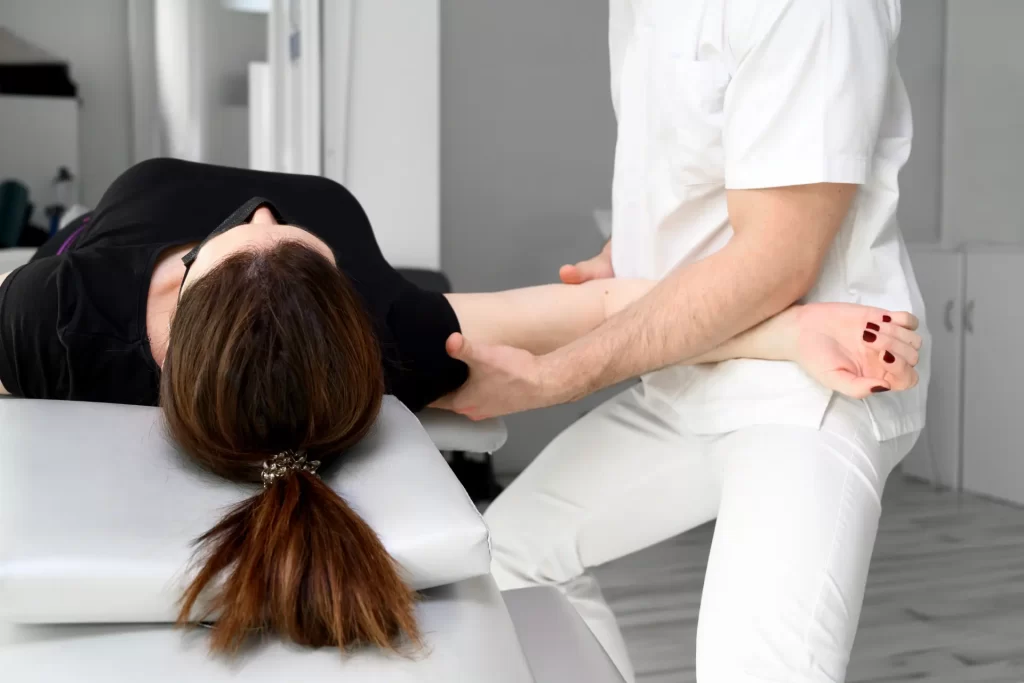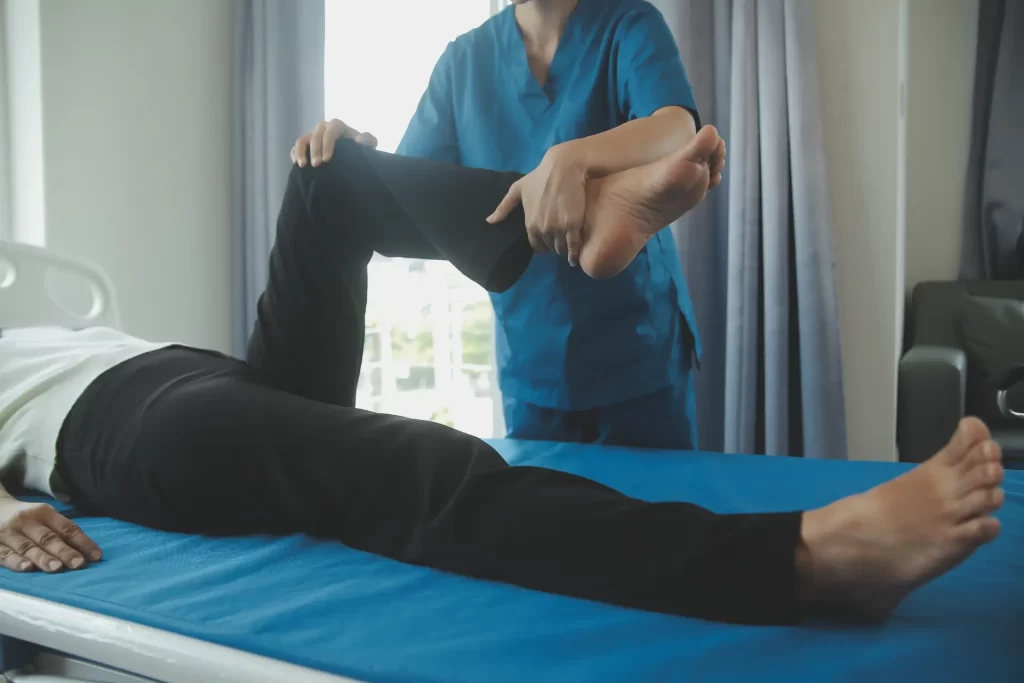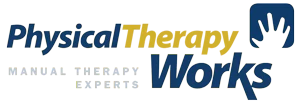What to Expect

Our Approach to Your Care
Take Your First Step Toward Healing Today.
(402) 614-8042

Physical Therapy In A Caring Environment
Scheduling and Payments
We prefer patients call to schedule an appointment. This gives us the opportunity to gather the information we need to prepare for your appointment and answer any questions you may have.
We accept all insurances, with the exception of Aetna. We also offer a self-pay option at $80 per visit.
FAQ
What is dry needling?
Dry needling is a procedure in which a sterile, disposable, solid filament needle is inserted into the skin and muscle directly at a myofascial trigger point. A myofascial trigger point consists of multiple contraction knots, which are related to the production and maintenance of the pain cycle.
What type of problems can be treated with dry needling?
Dry needling can be used for a variety of musculoskeletal problems. Muscles are thought to be a primary contributing factor to the symptoms, and treating muscles directly has the greatest effect on reducing pain mechanisms in the nervous system. Conditions that benefit from dry needling include but are not limited to neck pain, back pain, shoulder pain, arm pain (tennis elbow, carpal tunnel, golfer’s elbow), headaches, migraines, jaw pain, buttock pain, and leg pain (sciatica, hamstring strains, calf tightness/ spasms). Treating muscles directly has the greatest effect on reducing pain mechanisms in the nervous system.
How does dry needling work?
The exact mechanisms of dry needling are not known, but there are mechanical and biochemical effects. Based on studies by Dr. Jay Shah and colleagues at the National Institutes of Health, we know that inserting a needle into trigger points can cause favorable biochemical changes, which assist in reducing pain. It is essential to elicit so-called local twitch responses, which are spinal cord reflexes. Getting local twitch responses with dry needling is the first step in breaking the pain cycle.
Is dry needling painful?
Most patients do not feel the needle’s initial insertion. When the needle reaches the trigger point, it can stimulate a reflex response known as a local twitch response. The local twitch response can produce a very brief (less than a second) painful sensation. Some patients describe this as a little shock; others feel it more like a cramping sensation. However, the occurrence of local twitch responses is a good sign and means that this treatment is working.
What side effects can I expect after dry needling treatment?
The most common side effect reported is muscle soreness in the treatment area and in the area where they were experiencing symptoms. This soreness may last between a few hours and two days.
How long does it take for dry needling treatment to work?
Typically, it takes several visits for a positive reaction to take place. The goal is to produce mechanical and biochemical changes in the body without using medication. This requires a cumulative response, which will achieve a certain threshold in order to disrupt the pain cycle.
Once I am feeling better, how often should I come back for dry needling treatments to maintain my progress?
The musculoskeletal system is under constant pressure from gravity, stress, work, etc. A regular exercise program combined with good posture can prevent many problems. If the pain comes back, “tune-ups” are recommended to treat and prevent serious injuries.
Why is my current doctor not familiar with dry needling?
In the US, dry needling is a relatively new method for treating myofascial pain, and not everyone is already aware of this effective modality. If you are interested in dry needling treatment, it is imperative that you seek out a certified and experienced provider.
Where does dry needling fit in the entire rehabilitation program?
Generally speaking, dry needling is our first choice for the initial treatment. Dry needling treatment breaks the pain cycle and allows us to introduce our patients to other treatment actions with reduced pain levels.
